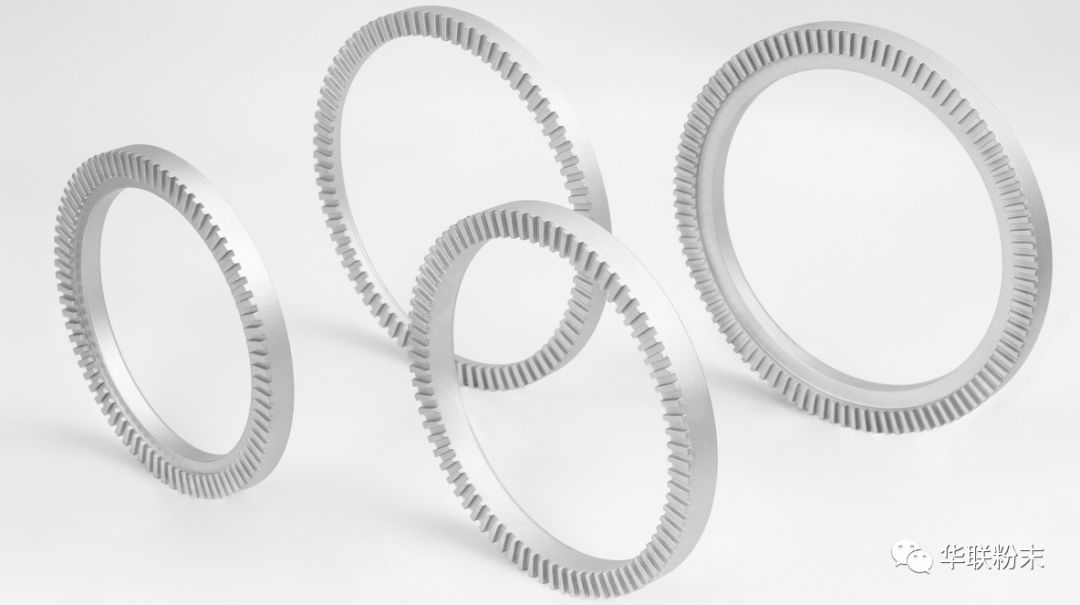Powder metallurgy is a manufacturing technology that prepares metal powder into complex-shaped parts through processes such as pressing and sintering. With the continuous development of industrial technology, powder metallurgy has been widely used in industries such as automobiles, aerospace, electronics and medical.
Among them, sizing (control of powder particle size) in powder metallurgy is a crucial link, which directly affects the performance and production efficiency of the material.
Basic concept of sizing
In powder metallurgy, sizing refers to the process of precisely controlling the size and particle size distribution of powder particles. The particle size of the powder usually affects its fluidity, density and the mechanical properties of the final product. Powders with uniform particle size are easier to fill the mold during the sintering process, reduce porosity, and improve the density and strength of the material.
Improve density
Density is a key indicator of the performance of powder metallurgy products. By controlling the particle size distribution of the powder, higher densification can be achieved during the sintering process. Smaller particles have a larger specific surface area and can contact and react faster, thereby improving sintering efficiency. At the same time, uniform particle size can also effectively reduce metallurgical defects such as pores and cracks, ensuring the strength and stability of the final product.
Improved flowability
The flowability of the powder directly affects its filling ability during the molding process. Smaller or uneven powder particles may lead to poor flowability, which affects molding efficiency and product consistency. Through sizing in powder metallurgy, the uniformity of the particles can be ensured, thereby improving flowability, so that the powder can better fill the mold and ensure the accuracy and consistency of the size of the molded part.
Control sintering behavior
During the sintering process, the size and shape of the powder particles have an important influence on their sintering behavior. Smaller particles tend to agglomerate during the sintering process, while larger particles may lead to uneven sintering. Therefore, reasonable particle size control can optimize the sintering process and improve the overall performance of the material. At the same time, sizing technology can also help researchers and engineers gain a deeper understanding of the effects of different particle sizes on sintering behavior, thereby achieving more precise process control.
Influence on mechanical properties
The particle size and distribution of powder particles have a significant impact on the mechanical properties of the final material. Generally speaking, finer particles can provide higher strength and hardness, while larger particles may lead to increased brittleness of the material. Therefore, through sizing in powder metallurgy, precise control of material properties can be achieved to meet the needs of different application scenarios
Improve product consistency and reduce costs
In the production process of powder metallurgy, sizing not only improves product consistency, but also helps to reduce production costs. By controlling the particle size of the powder, the variation of related processes can be reduced, the yield rate can be improved, and material waste and production costs can be reduced. This is especially important for industrial applications that require large-scale production.
Sizing in powder metallurgy is one of the key factors to ensure the quality of powder metallurgy products. Through reasonable particle size control, the density, fluidity and mechanical properties of the material can be significantly improved, the sintering behavior can be optimized, production efficiency can be improved and costs can be reduced. With the continuous development of powder metallurgy technology, sizing technology will continue to evolve, providing a more reliable foundation for the preparation of high-performance materials. Whether in research or in industrial applications, paying attention to the importance of sizing in powder metallurgy is the basis for achieving high-quality products.


Share:
Sintering Defects and Causes of Cemented Carbide
Heißmetal Powders for Hot Isostatic Pressing